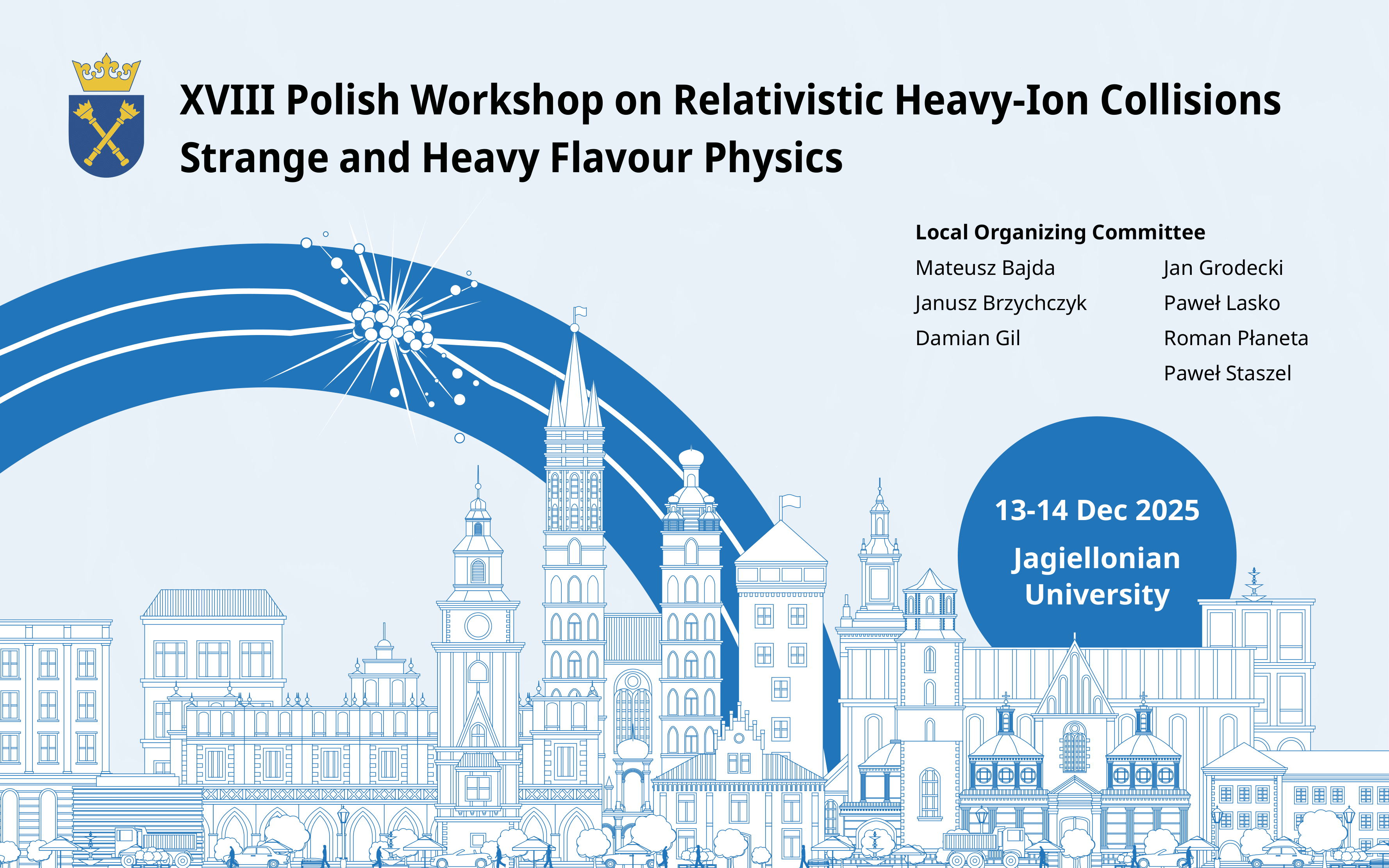Speaker
Description
In non-central heavy-ion collisions, the presence of strong electromagnetic (EM) fields causes charged hadrons to experience different deflections along and opposite to the impact parameter direction. This results in a splitting of the directed flow between oppositely charged hadrons. Since the strength of the EM field varies with both centrality and system size, studying the directed flow splitting across different collision systems and centralities can provide valuable insights into the signal and magnitude of the EM field. Recent measurements by the STAR Collaboration (PRX 14, 011028, 2024) at RHIC have reported such directed flow splitting, which has been interpreted as evidence of EM field effects. In this talk, I will discuss the observed notable splitting in the directed flow between positively charged protons and negatively charged anti-protons, along with its interesting centrality dependence. I will argue that this effect cannot be solely attributed to the EM field but also receives significant contributions from the background physics of baryon stopping and baryon dynamics (arXiv:2305.08806 & 2503.04660). In this context, I will present the role of baryon diffusion within the Beam Energy Scan (BES) phenomenology. Furthermore, I will emphasize the importance of studying conserved charge dynamics in low-energy heavy-ion collisions to better understand the interplay between electromagnetic and baryonic effects.

